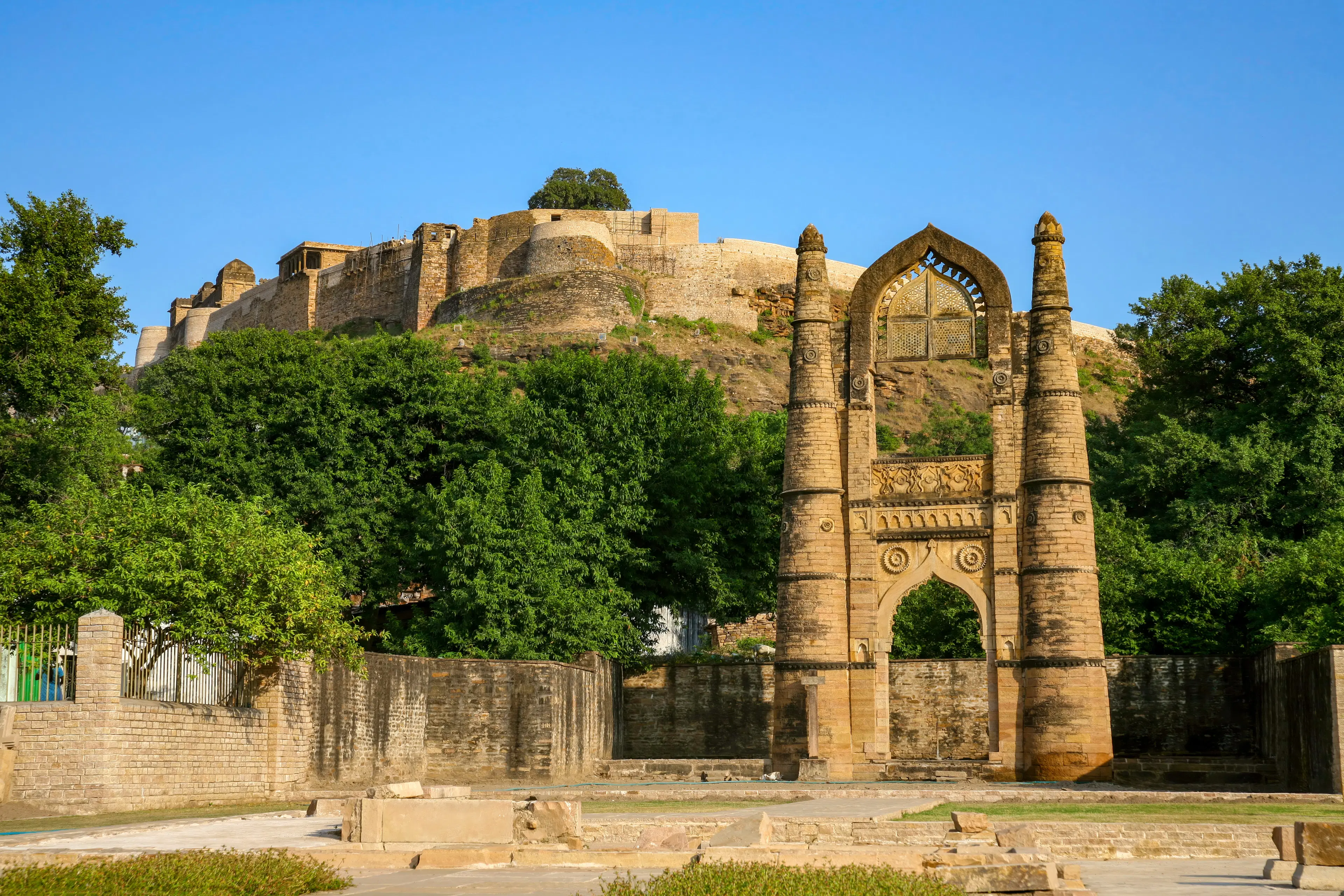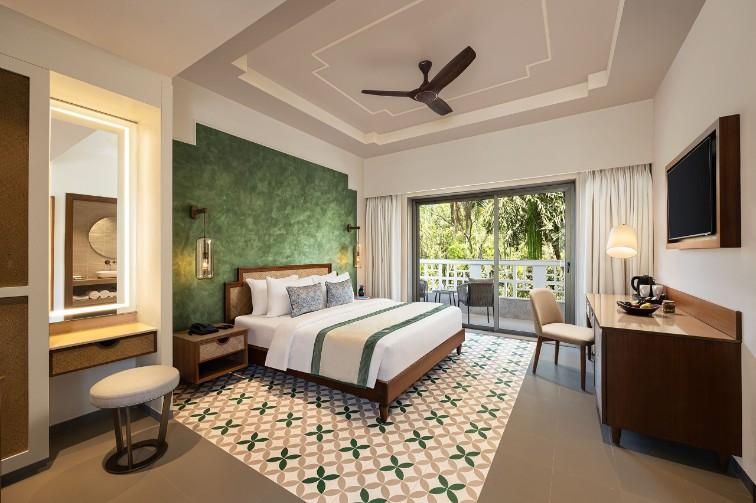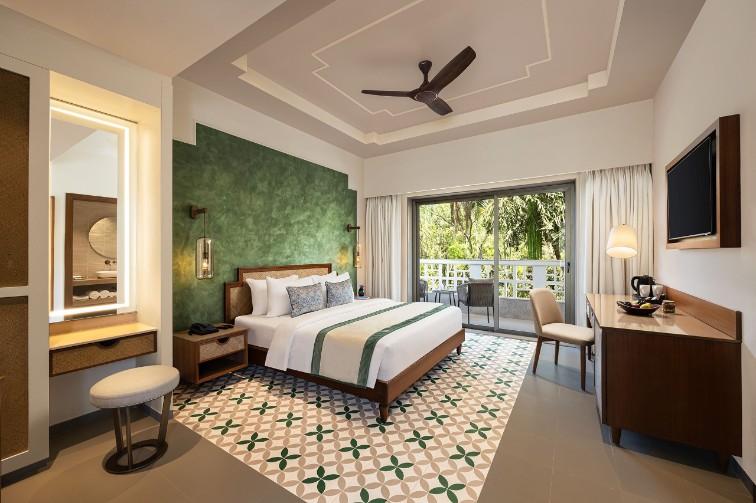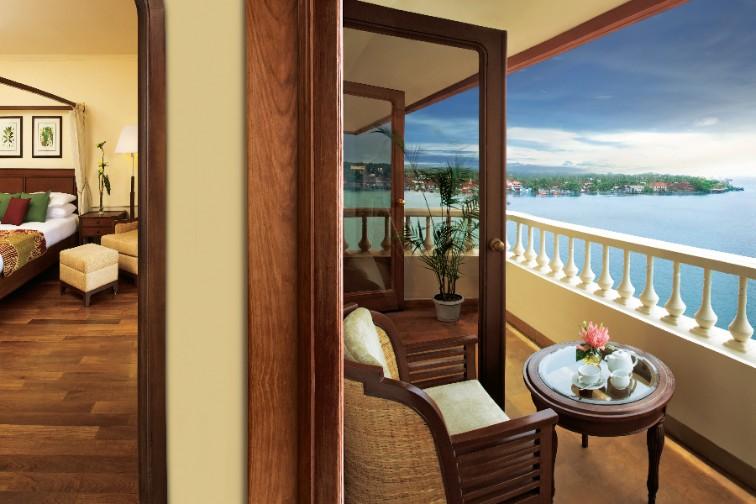
Hotels
•04 min read

Nestled in the breathtaking Hunza Valley, Altit Fort stands as a timeless testament to history, culture, and architectural ingenuity. This ancient heritage site invites curious travelers and culture enthusiasts to delve deep into its storied walls and experience the magic of a bygone era. Plan your journey with Tata Neu to unlock exclusive offers and seamless booking experiences, all while earning NeuCoins on every stay (1 NeuCoin = 1₹ saving). In this post, we answer frequently asked questions about Altit Fort, exploring its rich past, distinctive architecture, and the vibrant role it continues to play in cultural tourism.
Altit Fort, built over 900 years ago, originated as a royal residence for the Mir of Hunza and his family. It played a pivotal role in the local politics of the Hunza Valley and was closely linked with the traditions of the Burusho people. As a striking symbol of regional power and cultural identity, the fort has witnessed centuries of family legacies and historic events.
Restoration of Altit Fort has been a labor of love, undertaken with the goal of reviving and preserving its splendor. The fort’s revival has been marked by careful attention to detail and respect for traditional techniques. This diligent restoration work has been recognized internationally, earning prestigious accolades such as the UNESCO Asia-Pacific Heritage Award, ensuring that future generations can marvel at its beauty and legacy.
The architecture of Altit Fort is a compelling mix of tradition and innovative design. Constructed using locally sourced stone, wood, and mud, every aspect of the fort tells a story of craftsmanship passed down through generations. Tibetan architectural influences subtly merge with indigenous styles, a blend that has given the fort its distinctive charm and resilience.
A key architectural feature of Altit Fort is the Shikari Tower. Traditionally used as both a defensive bastion and a watchtower, it symbolizes the fort’s strategic importance in times gone by. Today, the tower stands as a cultural beacon, inviting visitors to appreciate its historical significance and to imagine the lives of those who once looked over the vast Hunza Valley from its heights.
Altit Fort is more than a structure; it is a vibrant cultural destination that offers visitors an immersive experience in Hunza’s rich heritage. Its stunning location on a vertical cliff overlooking the Hunza River provides panoramic views that captivate the soul, complemented by cultural exhibitions and traditional displays that celebrate local artistry. Imagine the joy of witnessing panoramic views from a heritage site while experiencing the effortless travel planning with Tata Neu.

Situated in the charming Altit Village within the Hunza Valley, the fort is perfectly positioned for travelers looking to explore the heart of this remarkable region. Its proximity to other notable landmarks, such as the Baltit Fort, makes the journey even more enchanting. For those planning their visit, local transport options and guided tours ensure that the route to the fort is as seamless and enjoyable as the destination itself.
Beyond its historical significance, Altit Fort is a celebration of local culture. Visitors may encounter traditional music performances, artisanal crafts, and seasonal festivals that bring the fort’s history to life. The nearby gardens not only enhance the natural beauty of the area but also serve as quiet spaces for reflection, where one can appreciate the indigenous Burusho traditions and their continuing influence on the local community.
Altit Fort is a proud symbol of the heritage and spirit of the Hunza region. It preserves the cultural narratives of the Burushaski language and the traditions that have been treasured by the local people for centuries. As a beacon of cultural identity, the fort continues to inspire both local residents and international visitors alike, strengthening the bonds that tie history to contemporary life.
The restoration and promotion of Altit Fort have significantly uplifted the local community. Tourism has brought fresh economic opportunities, revitalizing traditional crafts and practices that are integral to the area's identity. This blend of historical preservation and modern community empowerment embodies the aspirational spirit of making progress while honoring a glorious past.
Insight Corner: Did You Know?
Altit Fort predates its sibling, Baltit Fort, and is considered the oldest monument in the region. Its careful restoration not only rescued it from decay but also rekindled the cultural identity of the Hunza Valley, serving as a proud emblem of heritage for the community.

Altit means "this side down" in the Burushaski language, a reference to the fort's commanding view over the Hunza River.
Hunza captivates visitors with its stunning landscapes, deep-rooted history, and vibrant culture, all of which are beautifully embodied by iconic landmarks like Altit Fort.
This post focuses primarily on Altit Fort. For Baltit Fort, ticket prices generally range from Rs. 500 to Rs. 1000. It is best to check with local tourism offices for the latest details.
Originally, Altit Fort served as the royal residence for the Mir of Hunza and his family before they shifted to Baltit Fort.
Altit Fort is over 900 years old, making it one of the most cherished and ancient heritage sites in the region.
Altit Fort is more than just a historical structure—it embodies the cultural and architectural brilliance of the Hunza Valley. Through centuries of transformation, this timeless monument continues to inspire travelers to explore its unique blend of history, tradition, and scenic splendor. The fort's preservation, reflective of both its storied past and modern restorations, invites visitors to connect with a legacy that remains vibrantly alive. Whether you are drawn by the allure of its panoramic views or the whispers of age-old traditions, Altit Fort stands ready to welcome you into a world where every stone tells a story. Book your next adventure with Tata Neu for a seamless and rewarding travel experience.